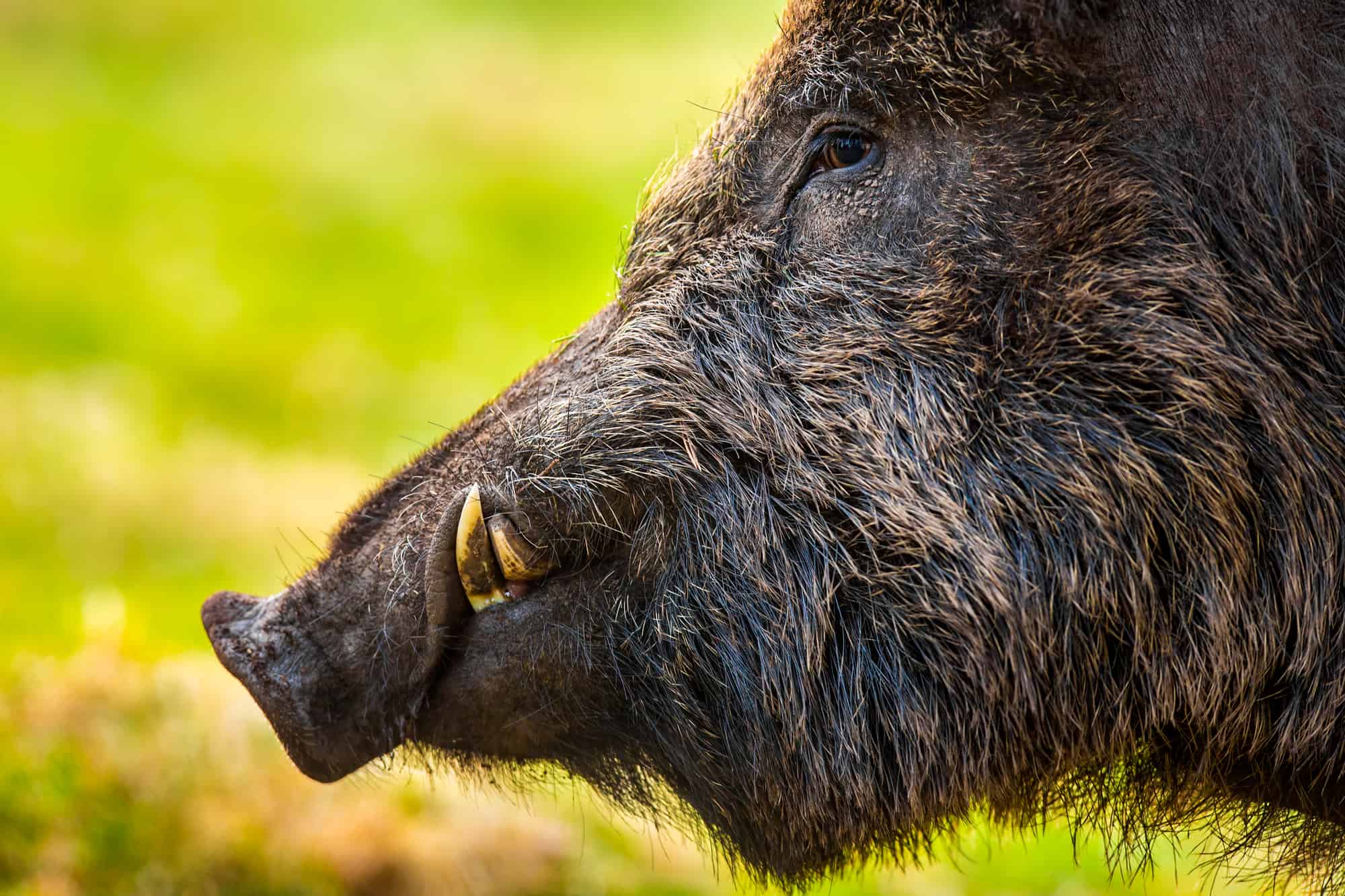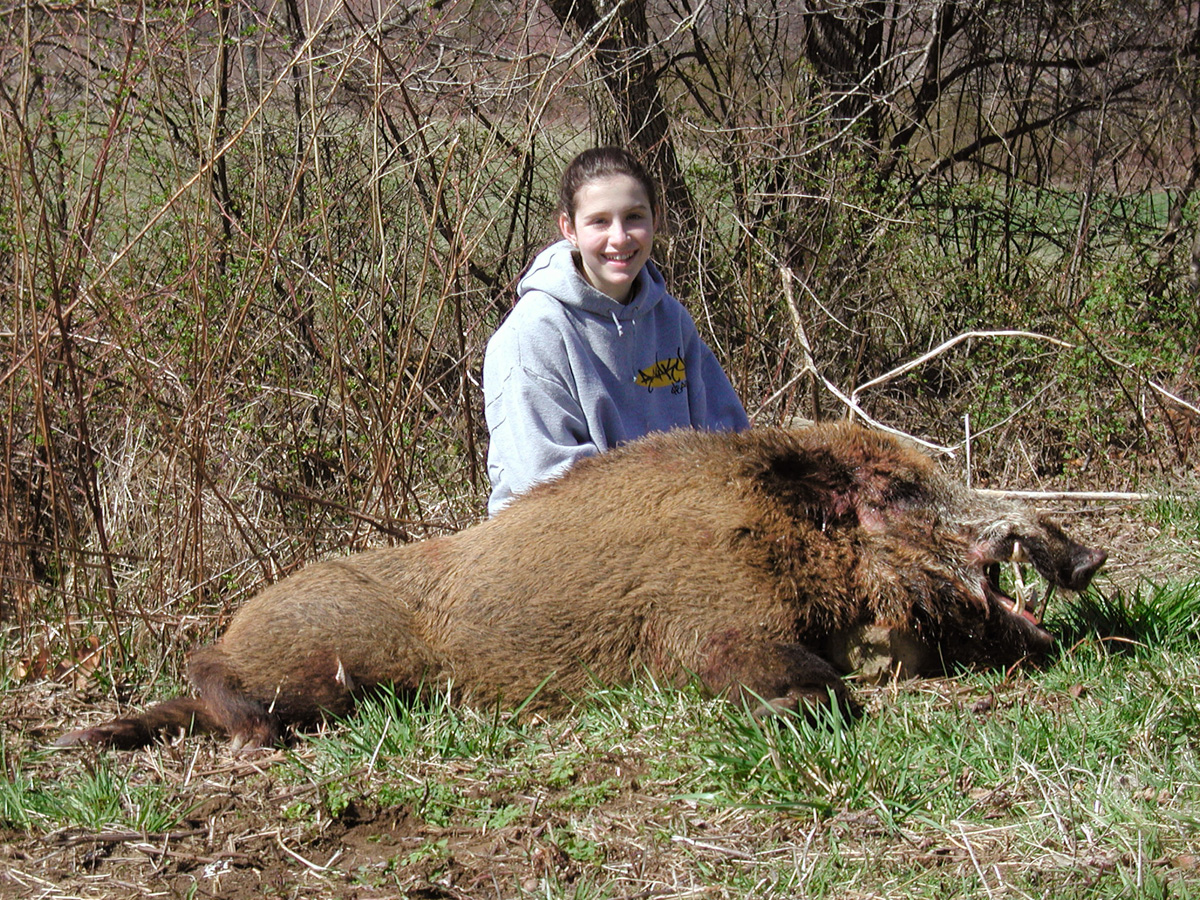Can Wild Boar Kill Human? Exploring The Threats And Realities
Wild boars have long been considered one of nature's most formidable animals. While they are often seen as pests or game animals, the question of whether they can kill humans remains a topic of debate. In this article, we will delve into the potential dangers wild boars pose to humans, exploring real-life incidents, expert opinions, and preventive measures.
As urbanization continues to encroach upon natural habitats, encounters between humans and wild boars are becoming more frequent. This has led to increased concerns about the safety of people living in or visiting areas where these animals roam freely.
This article aims to provide a comprehensive understanding of the risks associated with wild boars, backed by scientific research and expert insights. By the end of this piece, you will have a clearer picture of the dangers these animals pose and how to stay safe during an encounter.
Read also:Nashville Actors Exploring The Talent Scene And Opportunities In Music City
Table of Contents
- Wild Boar Biology and Behavior
- Real-Life Incidents of Wild Boar Attacks
- Territorial Behavior and Aggression
- Statistics on Wild Boar Attacks
- Preventive Measures Against Wild Boar Attacks
- Debunking Myths About Wild Boars
- Subspecies of Wild Boars Around the World
- Human-Wild Boar Conflicts
- Safety Tips During Encounters
- Conclusion and Final Thoughts
Wild Boar Biology and Behavior
Understanding the biology and behavior of wild boars is crucial in assessing their potential threat to humans. Wild boars (Sus scrofa) are medium-sized mammals found in various parts of the world, including Europe, Asia, and North America.
Physical Characteristics
Wild boars are robust animals, typically weighing between 100 to 300 pounds, depending on their age and subspecies. They have a thick, coarse coat of hair that ranges in color from black to brown. Their most distinctive feature is their tusks, which can grow up to 7 inches in males and are used for defense and digging.
Key physical traits include:
- Strong, muscular bodies
- Sharp tusks capable of causing serious injuries
- Excellent sense of smell and hearing
- Relatively poor eyesight
Behavioral Patterns
Wild boars are primarily nocturnal, meaning they are most active during the night. However, in areas with little human activity, they may also be seen during the day. These animals are highly social, often living in groups called sounders, which consist of females and their young.
Male wild boars, or boars, tend to be solitary and more aggressive, especially during the mating season. This aggression can sometimes lead to confrontations with humans, particularly if the animal feels threatened or cornered.
Real-Life Incidents of Wild Boar Attacks
While wild boar attacks on humans are rare, they do occur. Documented cases provide valuable insights into the circumstances under which these incidents happen.
Read also:Kokoy De Santos Relationships A Comprehensive Look Into His Love Life
Case Studies
One notable incident occurred in Italy in 2019, where a wild boar attacked a man in a rural area. The man suffered severe injuries, including lacerations and puncture wounds, requiring emergency medical attention. Similarly, in India, wild boar attacks have been reported in agricultural regions, where the animals venture into farmlands in search of food.
A study published in the Journal of Wildlife Management revealed that most attacks happen when humans inadvertently approach wild boars or their young. In these situations, the animals perceive the human as a threat and act defensively.
Territorial Behavior and Aggression
Wild boars are highly territorial animals, especially during the breeding season. Understanding their territorial behavior is essential in preventing conflicts with humans.
Factors Influencing Aggression
Several factors contribute to the aggressive behavior of wild boars:
- Protecting their young
- Defending their territory
- Feeling threatened or cornered
- Competition for food resources
Humans who invade these territories, either intentionally or unintentionally, risk provoking an aggressive response from wild boars.
Statistics on Wild Boar Attacks
Data on wild boar attacks is limited but provides a glimpse into the frequency and severity of such incidents. According to the European Wildlife Damage Centre, wild boar attacks account for less than 1% of all wildlife-related injuries annually. However, the numbers are on the rise due to increasing human-wildlife interactions.
A report by the World Wildlife Fund highlights that regions with dense wild boar populations, such as parts of Europe and Southeast Asia, experience more frequent encounters with these animals. This trend is expected to continue as urban expansion encroaches on natural habitats.
Preventive Measures Against Wild Boar Attacks
Preventing wild boar attacks involves understanding their behavior and taking proactive steps to minimize interactions. Here are some effective preventive measures:
Community Awareness Programs
Education plays a critical role in reducing human-wild boar conflicts. Local governments and conservation organizations should conduct awareness programs to inform residents about the dangers of wild boars and how to coexist with them safely.
Proper Waste Management
Wild boars are attracted to human settlements by the availability of food. Proper waste management practices, such as securing garbage bins and avoiding leaving food out in the open, can significantly reduce the likelihood of encounters.
Barriers and Fencing
In areas with high wild boar populations, installing barriers or fencing around properties can help deter these animals from entering residential spaces. Electric fencing, in particular, has proven effective in keeping wild boars at bay.
Debunking Myths About Wild Boars
Many misconceptions surround wild boars, contributing to unnecessary fear and misunderstanding. Let's address some common myths:
Myth: Wild Boars Are Always Aggressive
Fact: Wild boars are generally shy and avoid human contact. Aggressive behavior is usually a result of feeling threatened or cornered.
Myth: Wild Boars Only Attack During the Night
Fact: While wild boars are primarily nocturnal, they can be active during the day, especially in areas with low human activity.
Myth: Wild Boars Are Not Dangerous
Fact: While attacks are rare, wild boars are capable of causing serious injuries with their sharp tusks and powerful bodies.
Subspecies of Wild Boars Around the World
Wild boars are found in various parts of the world, with different subspecies adapting to their respective environments. Understanding these subspecies can provide insights into their behavior and potential threats.
European Wild Boar
The European wild boar (Sus scrofa scrofa) is one of the most widespread subspecies, known for its large size and robust build. These animals are commonly found in forests and agricultural areas across Europe.
Asiatic Wild Boar
The Asiatic wild boar (Sus scrofa cristatus) is native to regions such as India and Southeast Asia. They are smaller in size compared to their European counterparts but equally capable of aggressive behavior when provoked.
Human-Wild Boar Conflicts
Conflicts between humans and wild boars are on the rise, primarily due to habitat loss and urban expansion. These conflicts not only pose a threat to human safety but also lead to significant economic losses for farmers and local communities.
Economic Impact
Wild boars are notorious for damaging crops and agricultural infrastructure. In some regions, farmers report losses of up to 30% of their annual yield due to wild boar activity. This economic burden further exacerbates tensions between humans and these animals.
Safety Tips During Encounters
Encountering a wild boar in the wild can be a daunting experience. Here are some safety tips to help you stay safe:
- Stay calm and avoid making sudden movements.
- Do not approach the animal or its young.
- Back away slowly and give the animal space.
- Carry a deterrent, such as pepper spray or a loud whistle, for emergencies.
- Travel in groups when venturing into areas known for wild boar activity.
Conclusion and Final Thoughts
While wild boars are capable of causing harm to humans, attacks are relatively rare and usually occur under specific circumstances. By understanding their biology, behavior, and potential threats, we can take proactive steps to minimize conflicts and ensure both human and animal safety.
We encourage readers to share this article with friends and family to raise awareness about wild boar safety. Additionally, consider exploring other articles on our website for more insights into wildlife and conservation efforts.
Do you have any questions or experiences to share regarding wild boar encounters? Leave a comment below and let's continue the conversation!

